A Prequel to Data Mesh
Towards Data Science
JANUARY 16, 2024
Image by the author 2004 to 2010 — The elephant enters the room New wave of applications emerged — Social Media, Software observability, etc. New data formats emerged — JSON, Avro, Parquet, XML etc. Result: Hadoop & NoSQL frameworks emerged. Data lakes were introduced to store the new data formats.

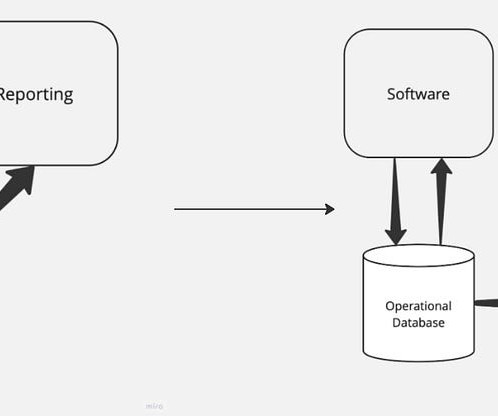
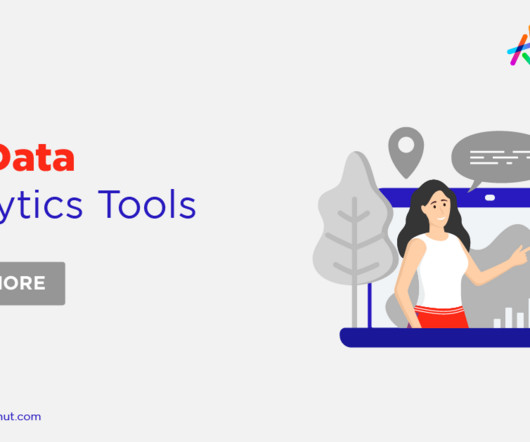
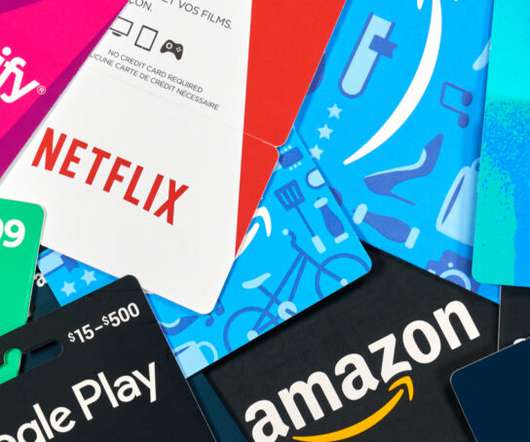
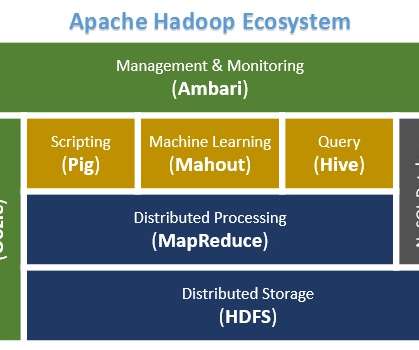
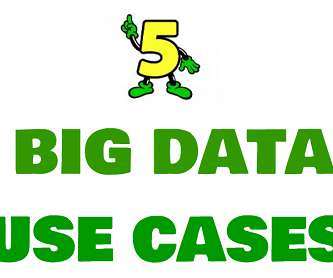






Let's personalize your content